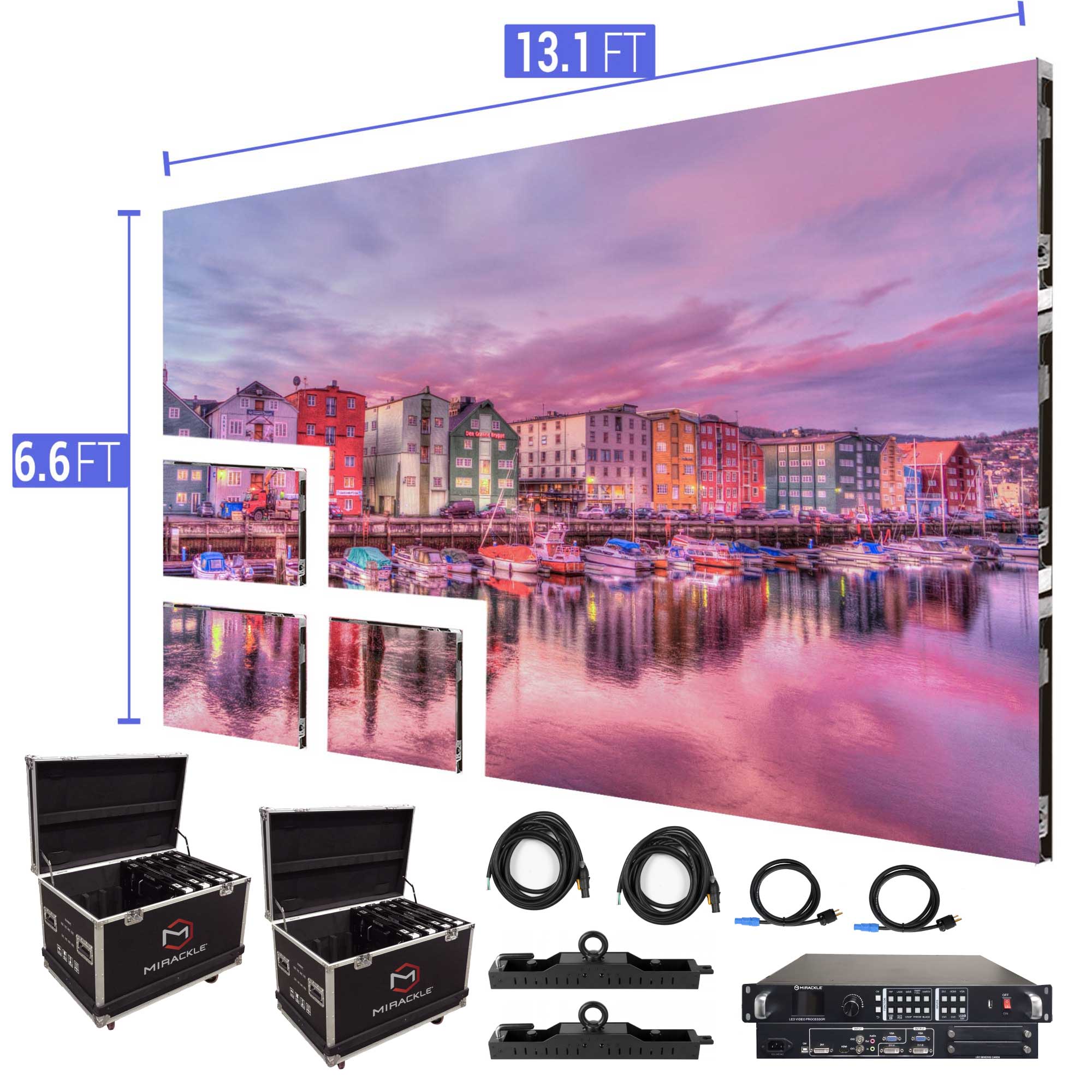Maximizing Visual Impact Through Tactical Material Scheduling in Light Emitting Diode Wall Execution
Wiki Article
Enhancing aesthetic impact during light-emitting diode wall performances demands meticulous preparation and strategic content scheduling. LED walls are powerful tools for visual storytelling, often utilized in concerts, gatherings, plus displays. The efficacy of these screens relies not only only upon the caliber of the visuals yet also on how and when they are presented. By comprehending the audience's attention span and the rhythm of the occasion, event planners can create a more captivating encounter that captivates spectators plus improves the total show.
One crucial aspect of tactical visual timing is scheduling. It is vital to synchronize the images to the beat and tempo of the performance. For instance, during a musical performance, visuals should complement the beat and atmosphere of the melody. This alignment aids to forge a unified encounter that draws the audience in. Additionally, it is important to consider the duration of each image segment. Short, impactful clips can maintain viewer engagement, while extended visuals may be suitable for moments of reflection or emotional connection. By varying the length and intensity of the images, event planners can maintain the viewers engaged throughout the performance.

Another crucial factor is the material itself. The images displayed on the LED screen should be pertinent to the theme of the performance. This pertinence aids to strengthen the message being conveyed plus renders the experience more memorable for the viewers. For instance, if the show is about ecological consciousness, using images that depict nature and animals can enhance the message. Furthermore, incorporating lively elements, such as motion graphics or engaging graphics, can add excitement and keep the viewers' attention. The right material, shown at the appropriate moment, can considerably enhance the impact of the performance.
Audience engagement is also a key factor in content scheduling. Understanding the characteristics and preferences of the audience can guide the choice of images. For instance, a youthful audience may respond better to bright hues and fast-paced animations, while an older audience might appreciate more subtle and refined images. By customizing the material to the audience's preferences, organizers can craft a more tailored encounter that connects with spectators. Additionally, adding viewer involvement, such as visit this website real-time surveys or media interactions, can additionally improve involvement and make the performance more interactive.
Finally, evaluating the efficacy of the visual timing is crucial for upcoming shows. Collecting responses from the viewers can offer insightful insights into what worked well and what could be improved. This information can help organizers improve their approaches and take knowledgeable choices for future performances. By continuously evaluating and modifying the content scheduling strategy, event planners can amplify the aesthetic effect of light-emitting diode screen shows plus create unforgettable experiences for their audiences.